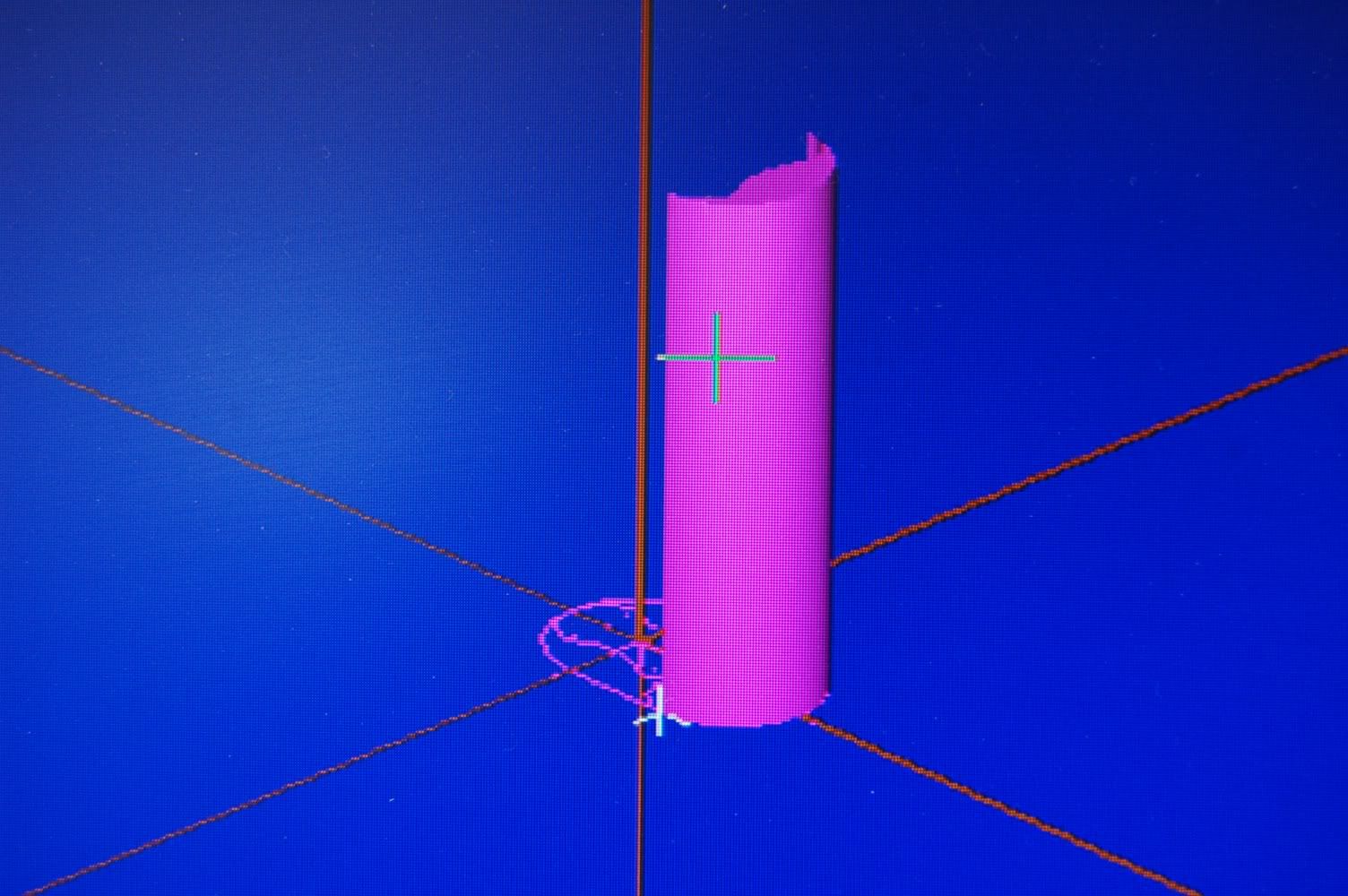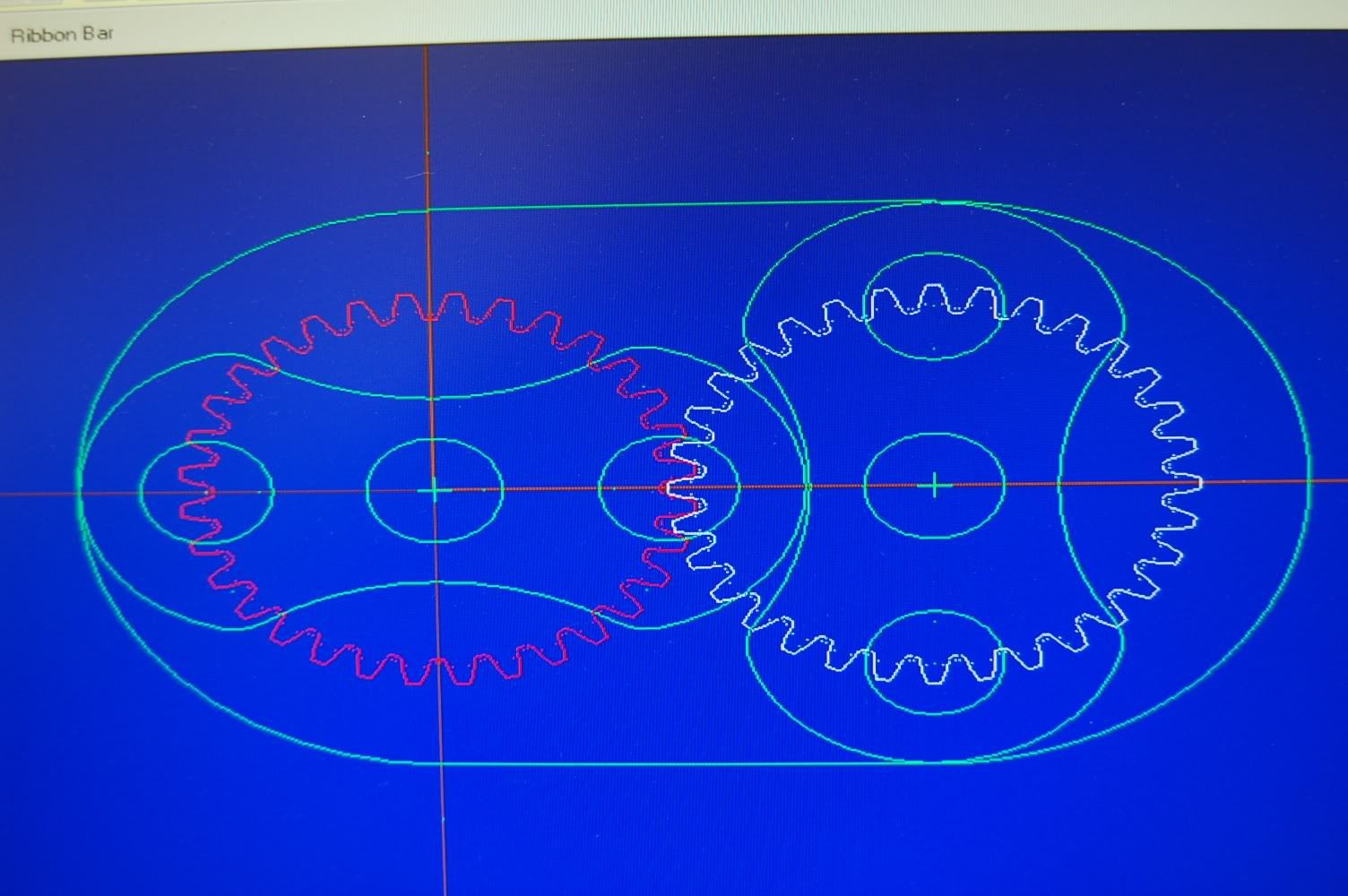nesikachad
Member
- Joined
- Oct 12, 2010
- Messages
- 18
- Reaction score
- 0
My education is limited to 12 grades. My math suffers as well but I've been able to BS my way through stuff for a long time now. There is math however that stops me dead in my tracks.
I'm reading on superchargers. Hypocycloids and Epicyloids are kicking my butt.
I have a Moki 2.1 cid front rotary valve 2S glow engine that I'd like to build into an FI engine. I'm going to machine my own roots style blower for it. This is for a speed plane that I have (RC air stuff)
Can/will anyone help me with the basic design requirements?
1. Rotor geometry
2. Rotor size
I'm just unsure how big/small to make this thing so that it will adequately feed the engine. My understanding is a 2S engine uses the same basic fundemental formula for dispacement as a 4S (bore*2)*stroke*.7853982.
My question is though since a good portion of the stroke is also used to empty/fill the cylinder isn't this formula a bit skewered? Shouldn't I just be using the volume of the cylinder where the piston is just about to break the seal on the exhaust port?
Once I have the #'s on this I can whip it up in CAD and machine it without much trouble. That's the "easy" part for me.
Thanks in advance.
Chad
I'm reading on superchargers. Hypocycloids and Epicyloids are kicking my butt.
I have a Moki 2.1 cid front rotary valve 2S glow engine that I'd like to build into an FI engine. I'm going to machine my own roots style blower for it. This is for a speed plane that I have (RC air stuff)
Can/will anyone help me with the basic design requirements?
1. Rotor geometry
2. Rotor size
I'm just unsure how big/small to make this thing so that it will adequately feed the engine. My understanding is a 2S engine uses the same basic fundemental formula for dispacement as a 4S (bore*2)*stroke*.7853982.
My question is though since a good portion of the stroke is also used to empty/fill the cylinder isn't this formula a bit skewered? Shouldn't I just be using the volume of the cylinder where the piston is just about to break the seal on the exhaust port?
Once I have the #'s on this I can whip it up in CAD and machine it without much trouble. That's the "easy" part for me.
Thanks in advance.
Chad








